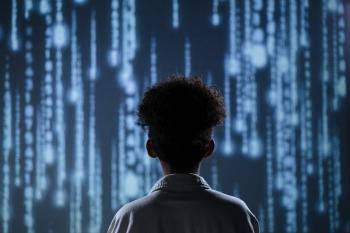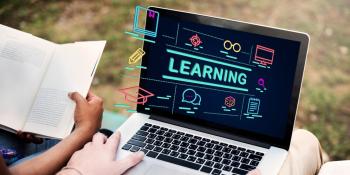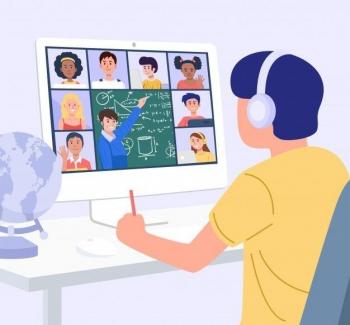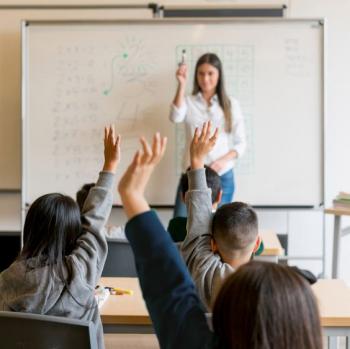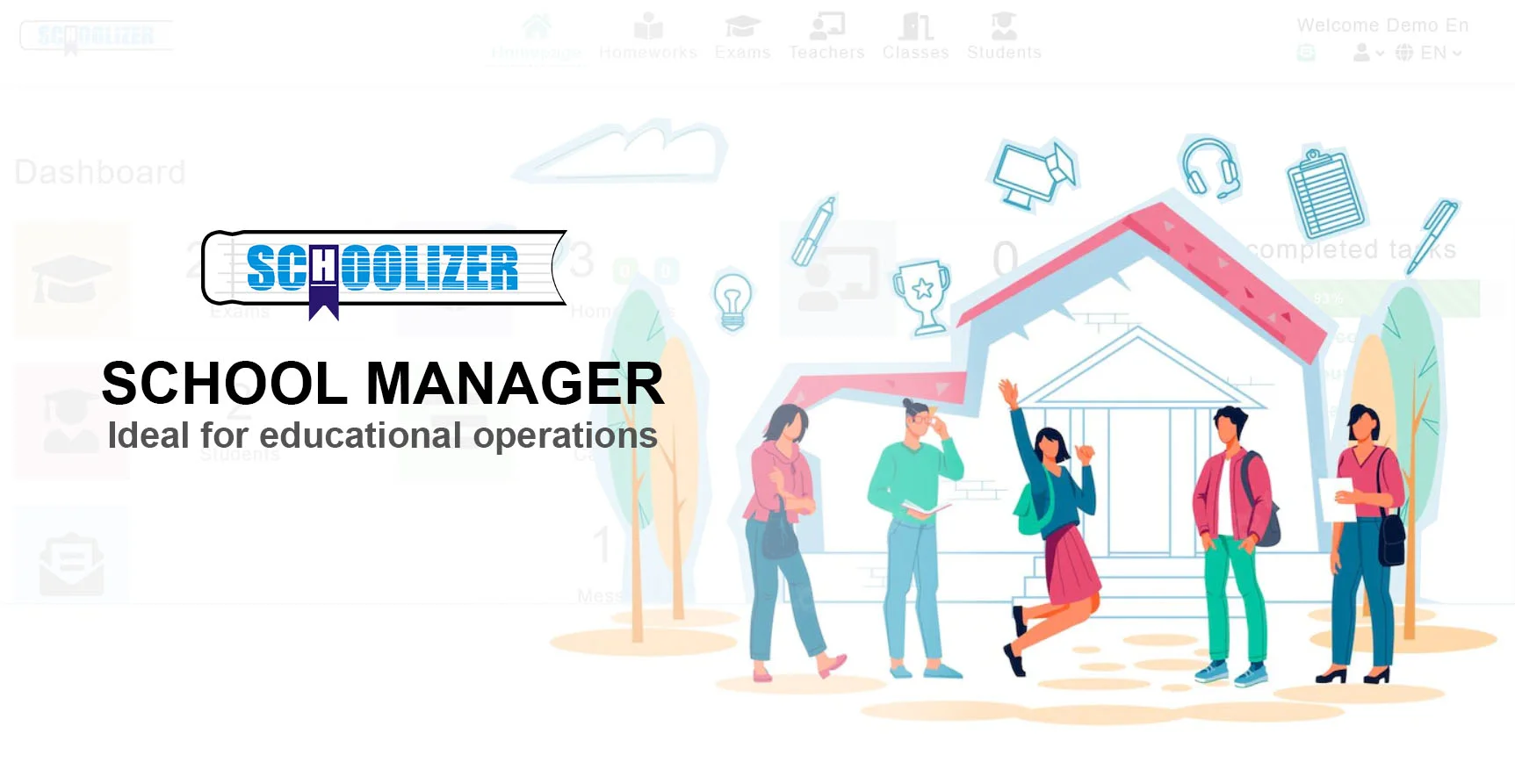How One State Proved the Transformative Power of Inclusive Education

How One State Proved the Transformative Power of Inclusive Education
What if every child, regardless of ability, could learn side by side in the same classroom? Why does inclusive education matter, and how can it transform lives? These questions lie at the heart of a groundbreaking movement in one U.S. state that has become a national model for educational inclusion.
The Vision Behind Inclusive Education
Inclusive education represents a fundamental shift in how we approach learning for students with disabilities. Rather than segregating these learners in separate classrooms or schools, inclusion places them in general education settings with appropriate support. This philosophy recognizes that all students benefit when learning occurs in diverse environments that mirror real-world communities.
The state featured in our source story made a bold commitment to this approach. Educators there recognized that traditional special education models often created artificial barriers to learning and socialization. By contrast, inclusive classrooms provide:
- Academic benefits through peer modeling
- Social-emotional growth for all students
- Preparation for an inclusive society

Breaking Down Barriers: The Implementation Process
Policy Changes That Made Inclusion Possible
Transforming an education system requires more than good intentions. The state implemented concrete policy changes including revised teacher certification requirements, funding reallocations, and updated Individualized Education Program (IEP) guidelines. These systemic shifts ensured inclusion wasn't just encouraged but mandated with proper support structures.
Teacher Training and Support Systems
Successful inclusion demands well-prepared educators. The state invested heavily in professional development, helping teachers acquire skills like:
- Differentiated instruction techniques
- Collaborative teaching methods
- Behavior management strategies for diverse classrooms

The Ripple Effects of Inclusion
Beyond academic outcomes, inclusive education produced profound social benefits. Students without disabilities developed greater empathy and understanding, while students with disabilities gained confidence and social connections. One powerful example involved a non-verbal student who began communicating through assistive technology—her peers learned to interpret her communication style, creating bonds that extended beyond the classroom.
Research from this initiative showed measurable improvements in:
- Standardized test scores across all student groups
- Graduation rates for students with disabilities
- Post-secondary enrollment among special education students

Challenges and Solutions in Inclusive Education
Implementing inclusion wasn't without obstacles. Some teachers initially resisted, fearing they lacked proper training. Parents sometimes worried about whether their child's needs would be met. The state addressed these concerns through:
- Gradual implementation timelines
- Parent education programs
- Ongoing coaching for educators
One middle school's journey illustrates this well. Starting with just a few inclusive classrooms, they gradually expanded the model as teachers saw its benefits firsthand. Within three years, the entire school had adopted inclusive practices.

Lessons for Other States and Districts
This state's success offers a blueprint for educational reform. Key transferable lessons include:
- The importance of top-down policy combined with bottom-up implementation
- Necessity of adequate funding and resources
- Value of celebrating small wins to build momentum
Districts considering similar initiatives should start with pilot programs, collect data on outcomes, and use success stories to build broader support. As one administrator noted, "When people see inclusion working, skepticism turns into enthusiasm."
The Future of Inclusive Education
This state's journey demonstrates that inclusive education isn't just an ideal—it's an achievable reality with proper planning and commitment. As technology advances and teaching methods evolve, the possibilities for meaningful inclusion continue to expand.
The ultimate lesson? When we create learning environments that welcome all students, we don't just transform individual lives—we build a more inclusive society for everyone.
